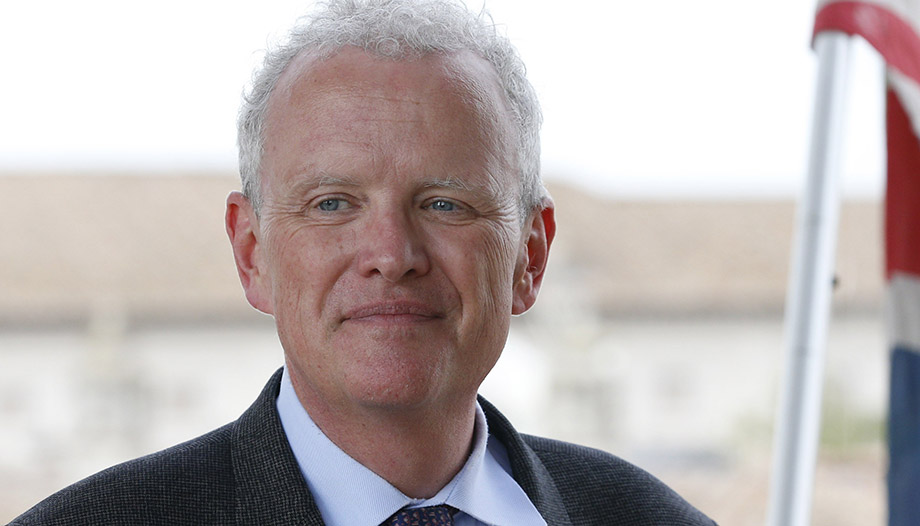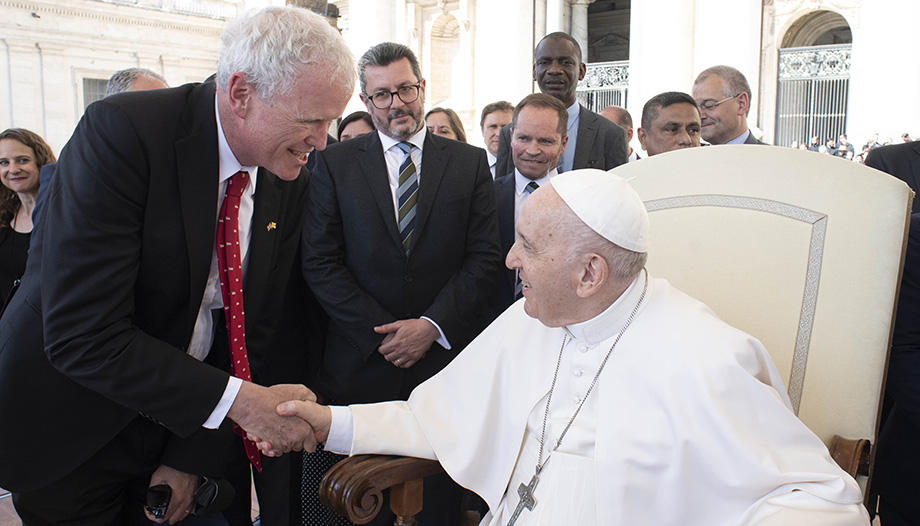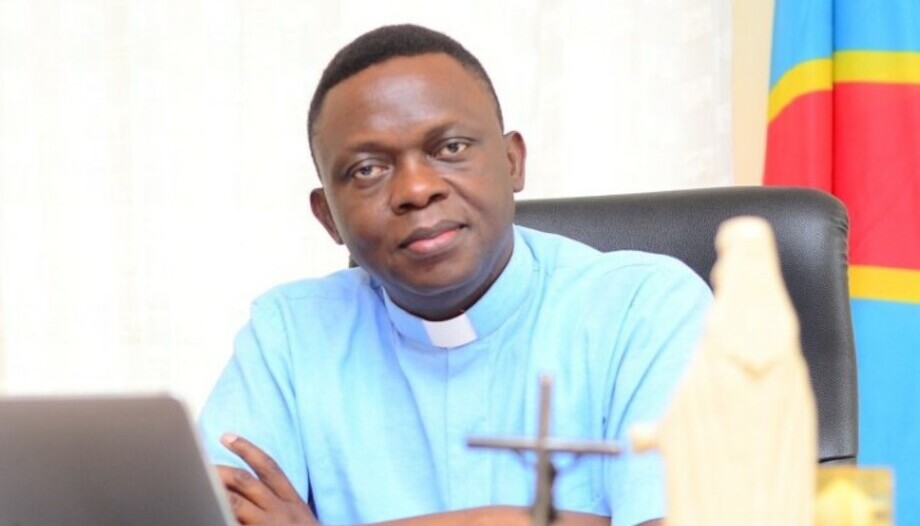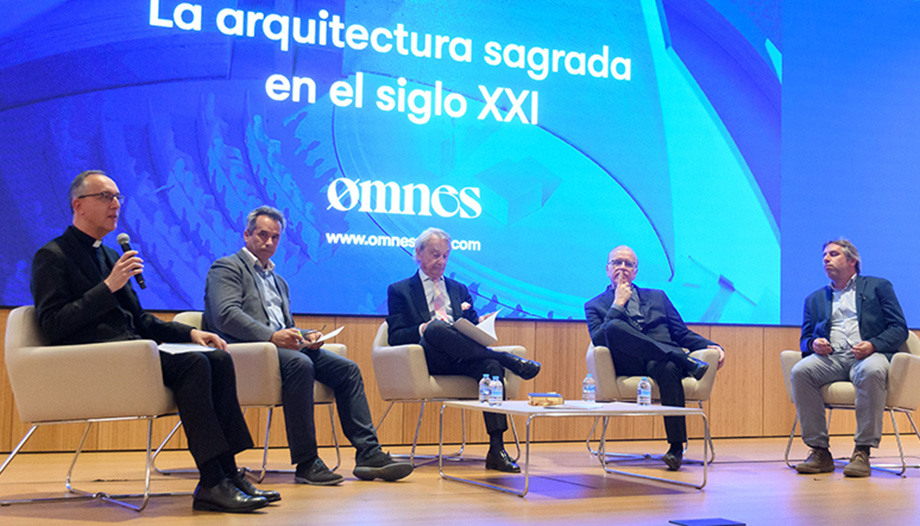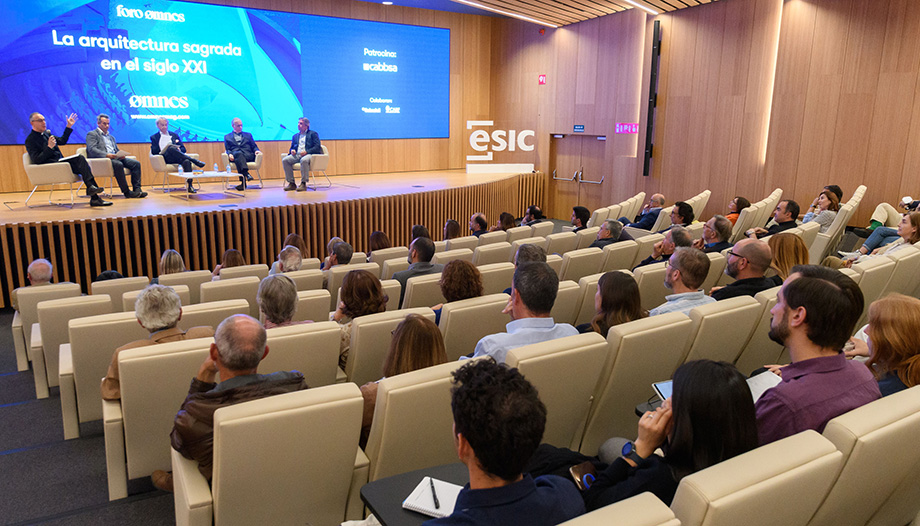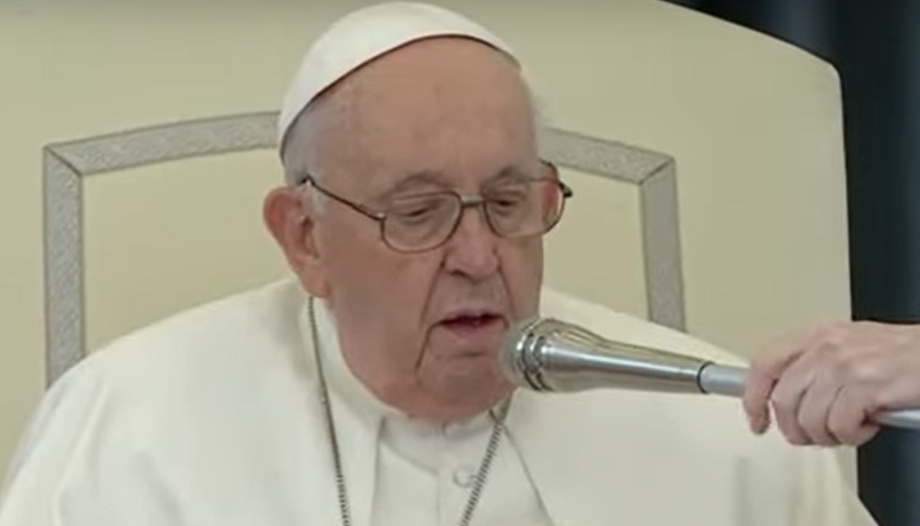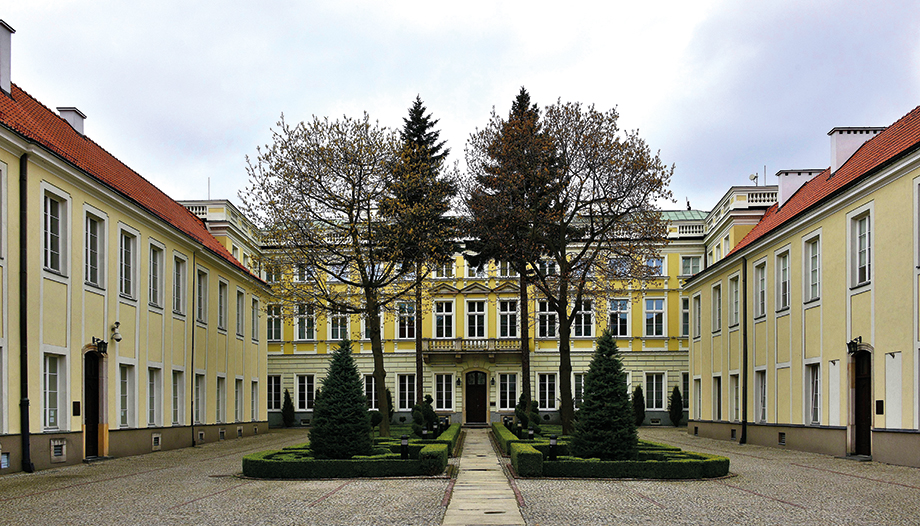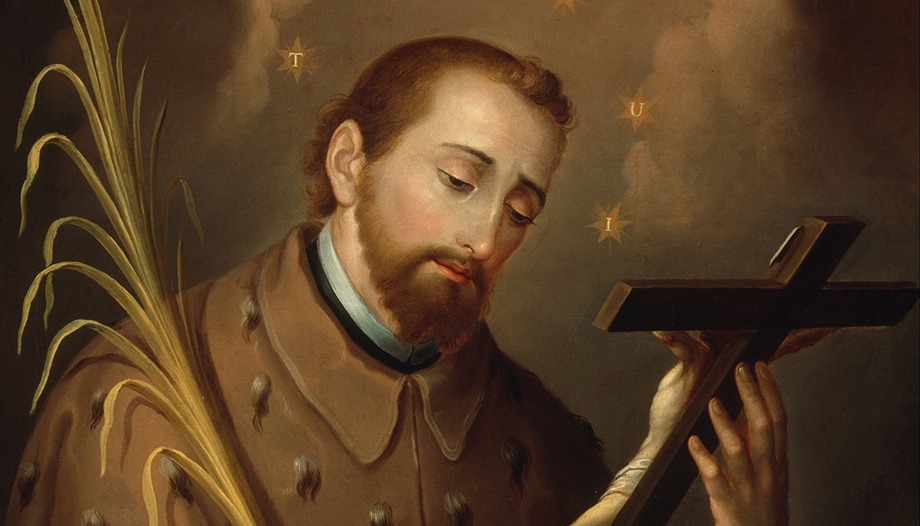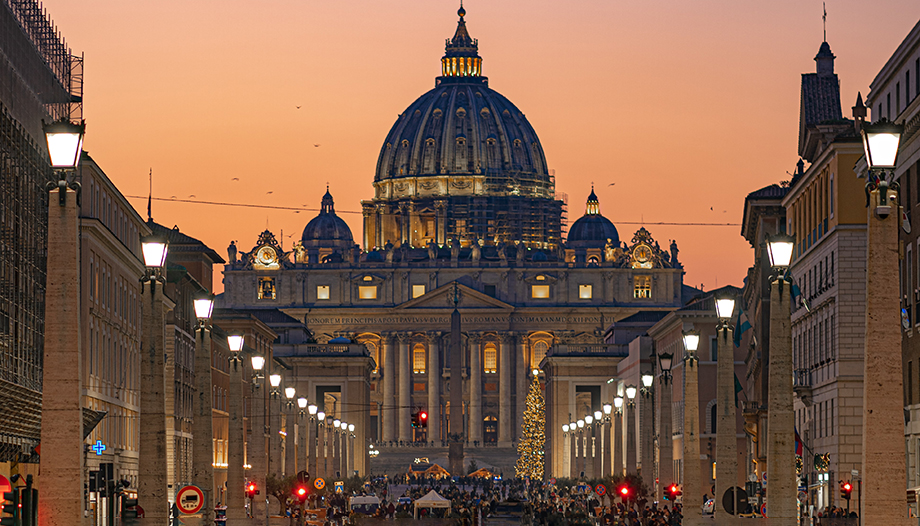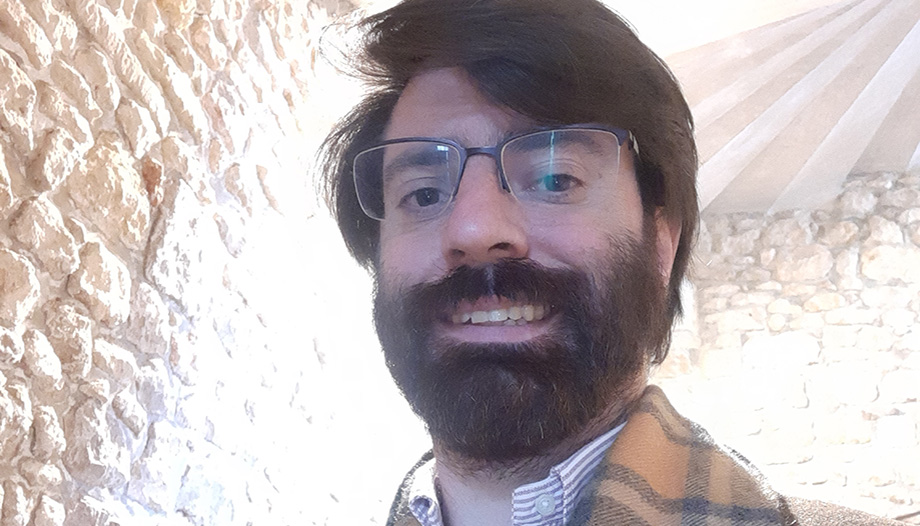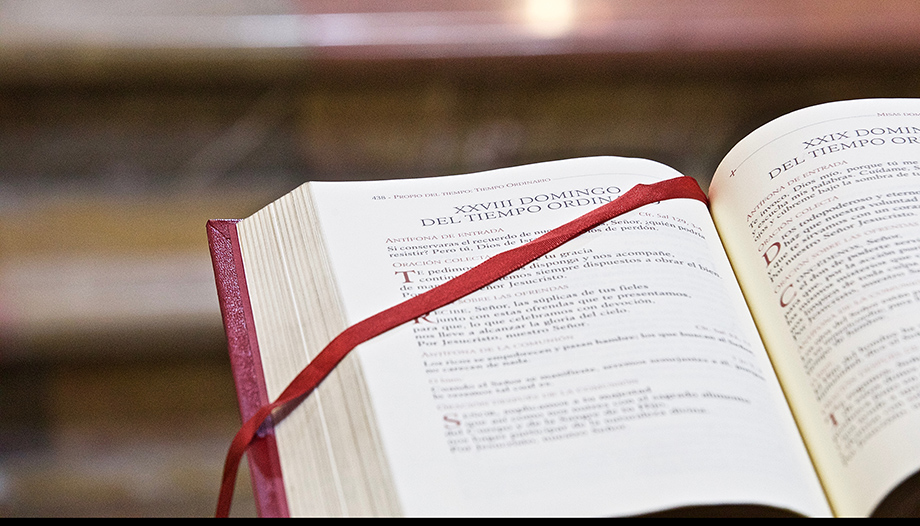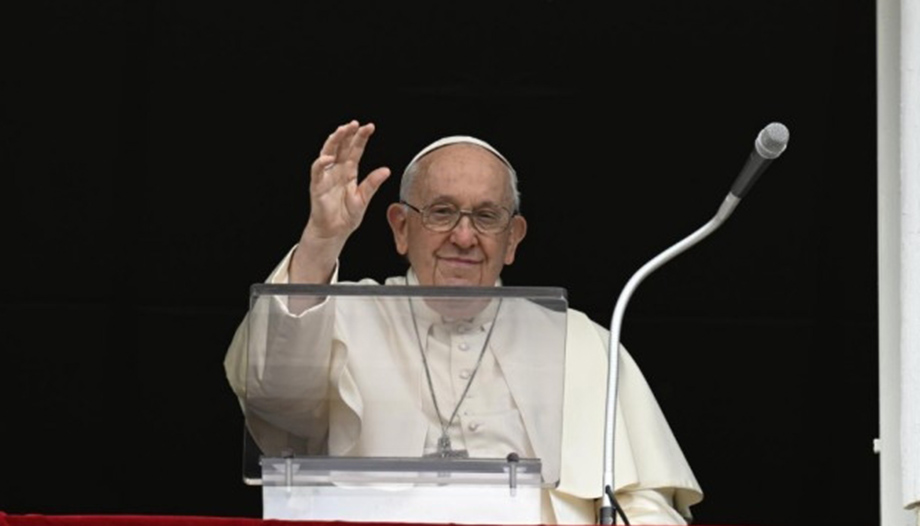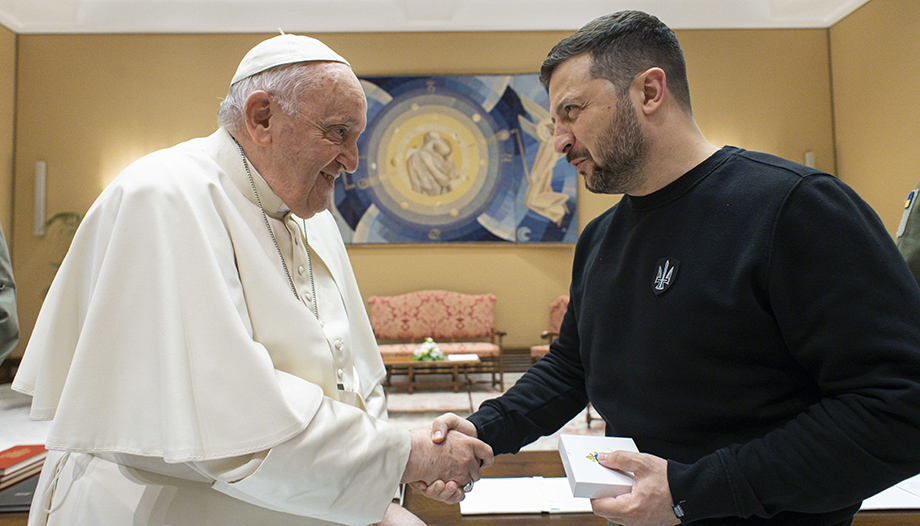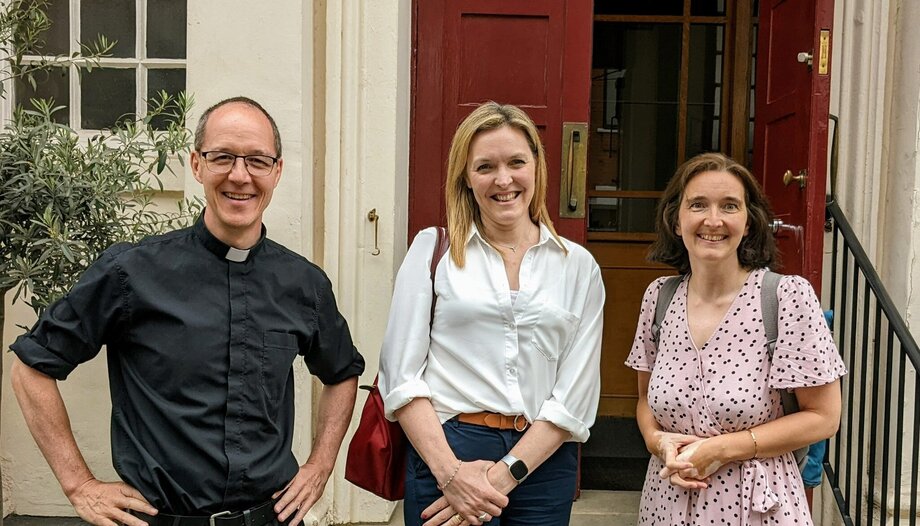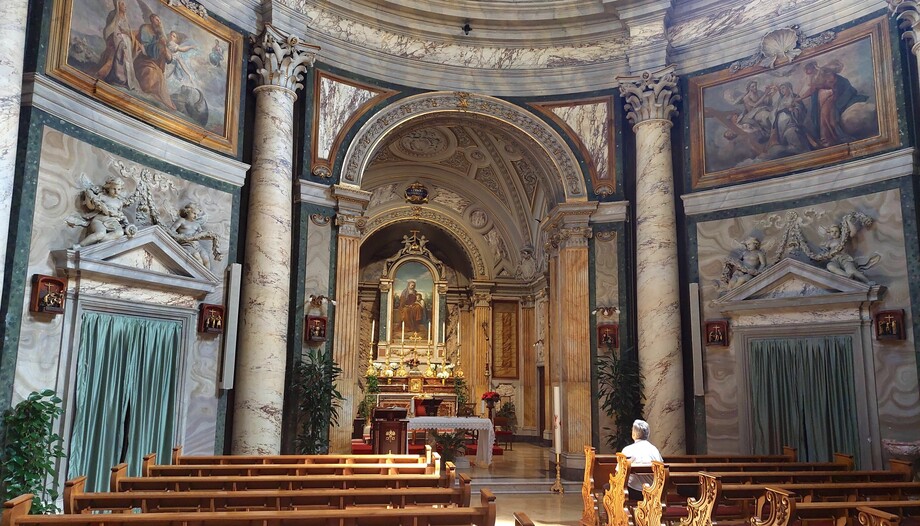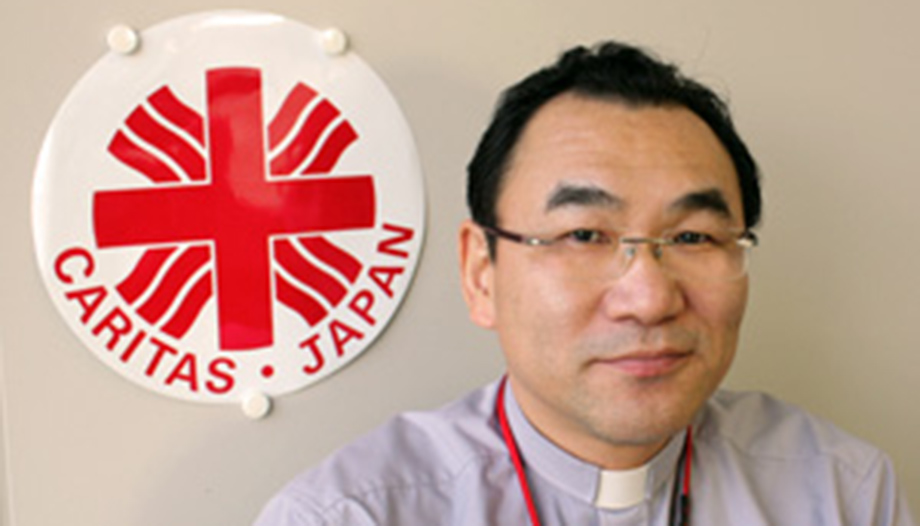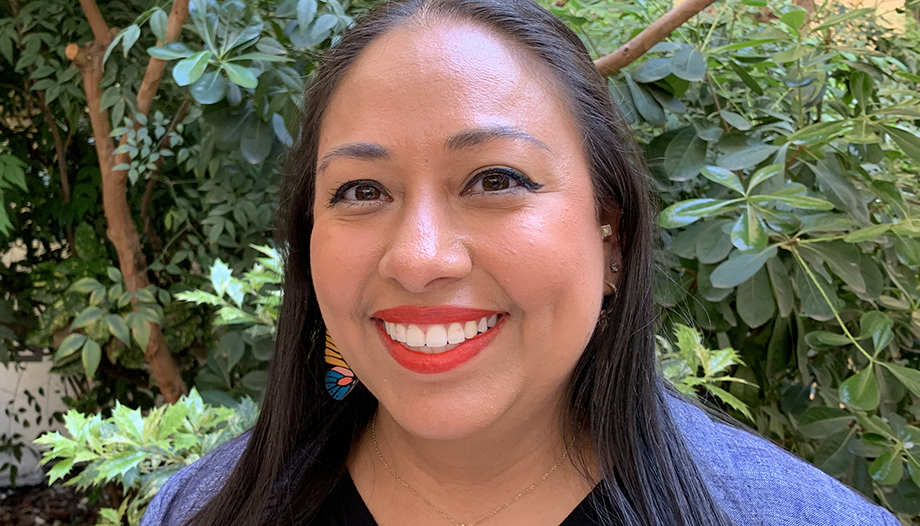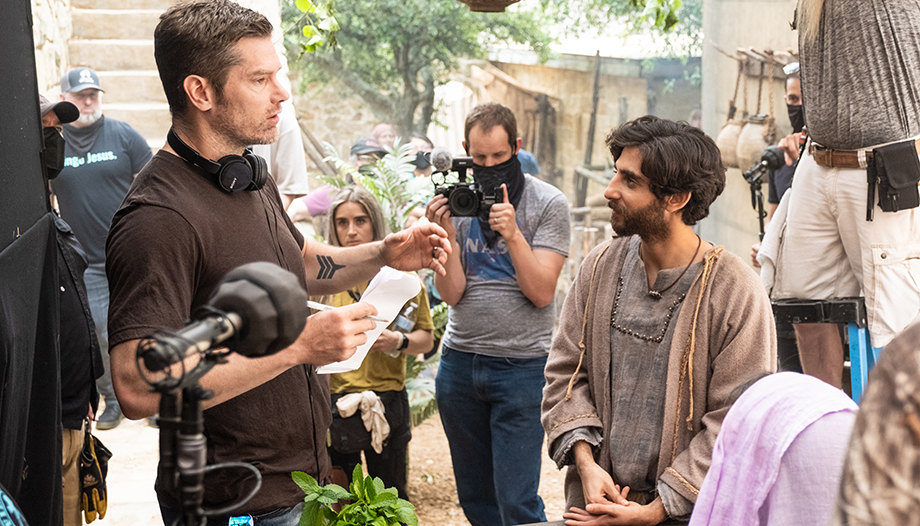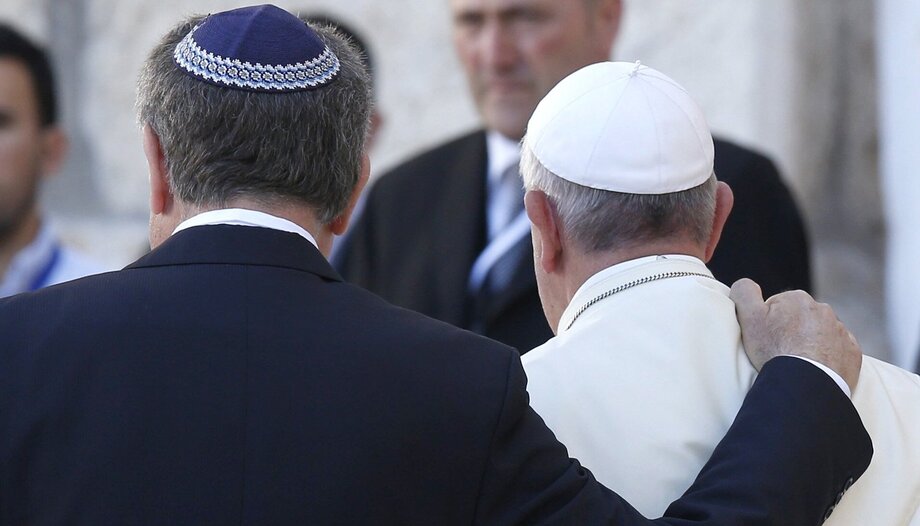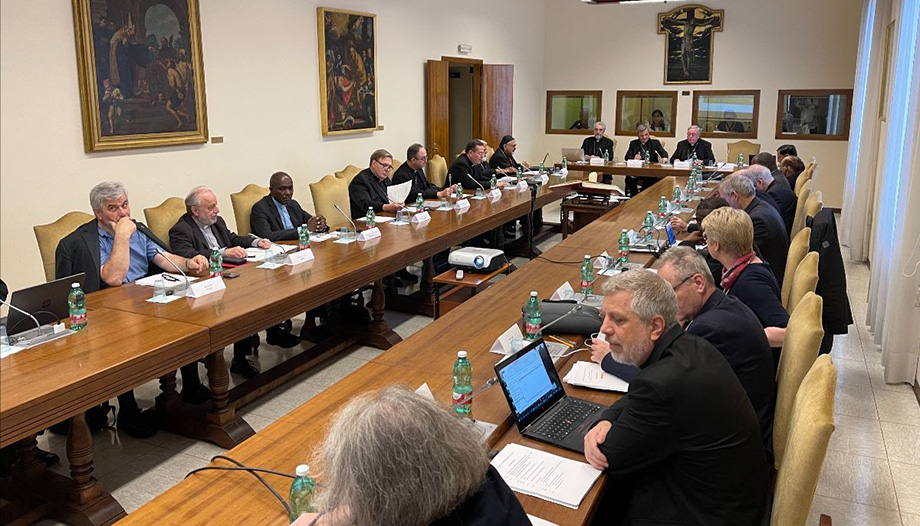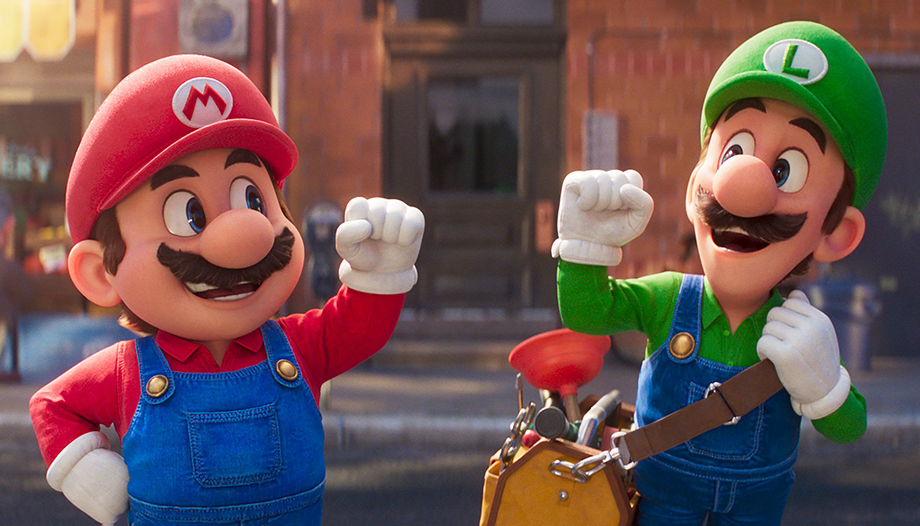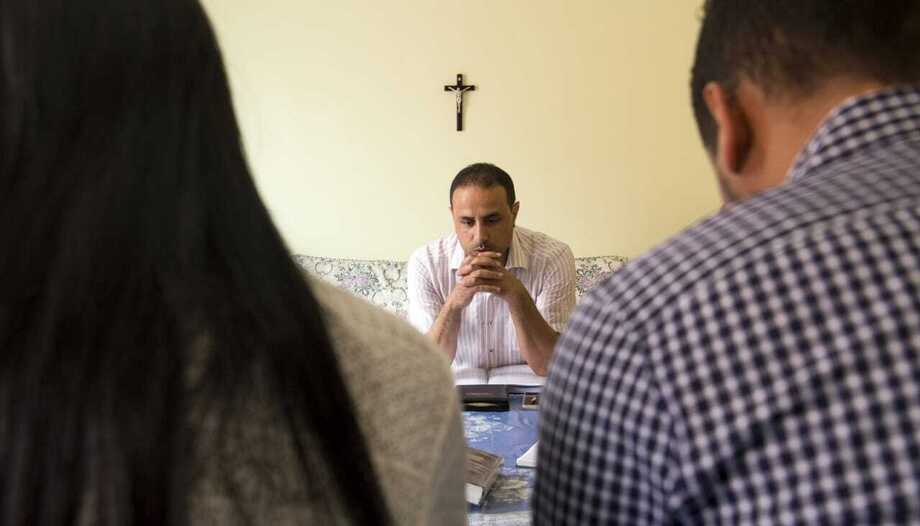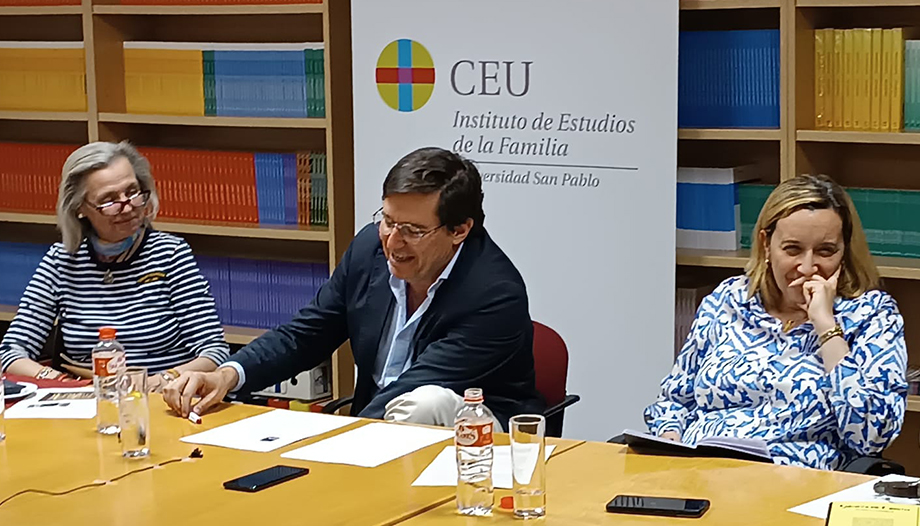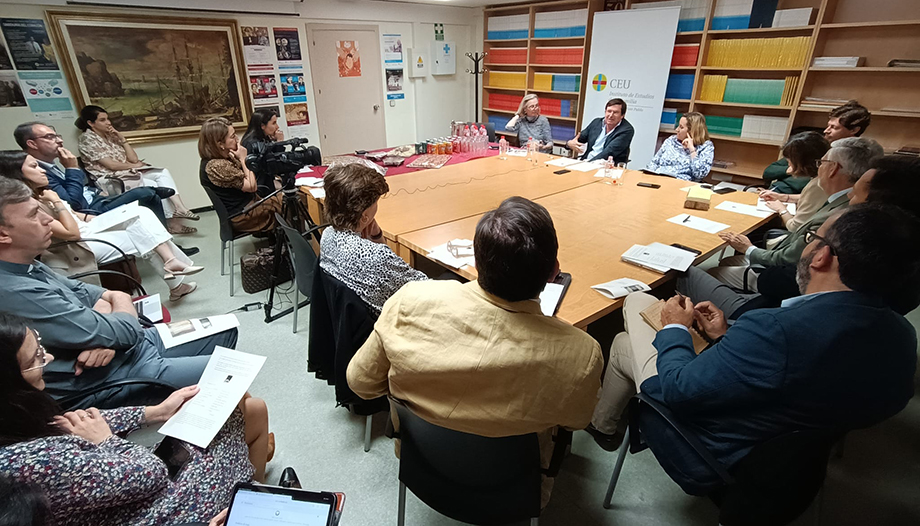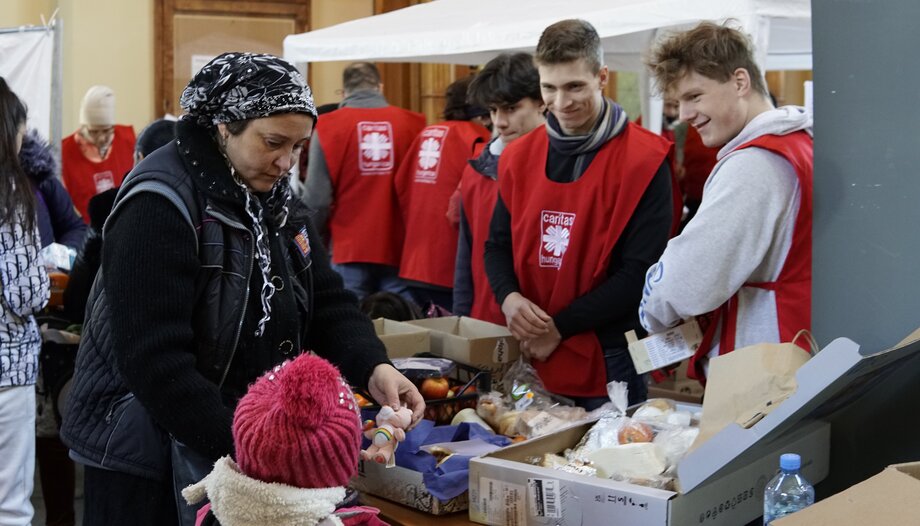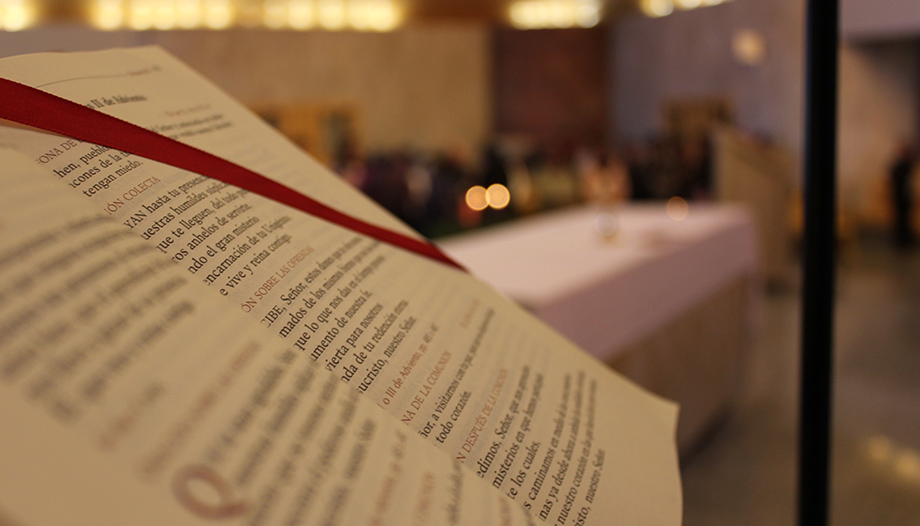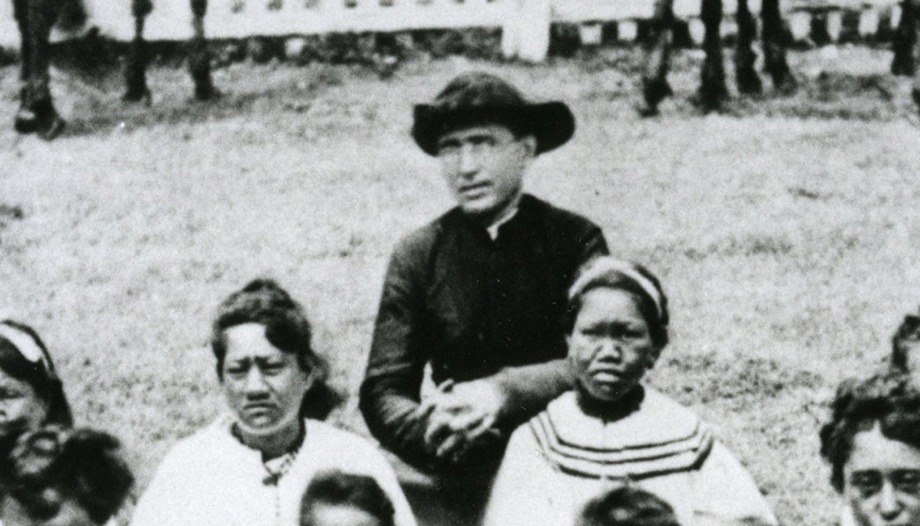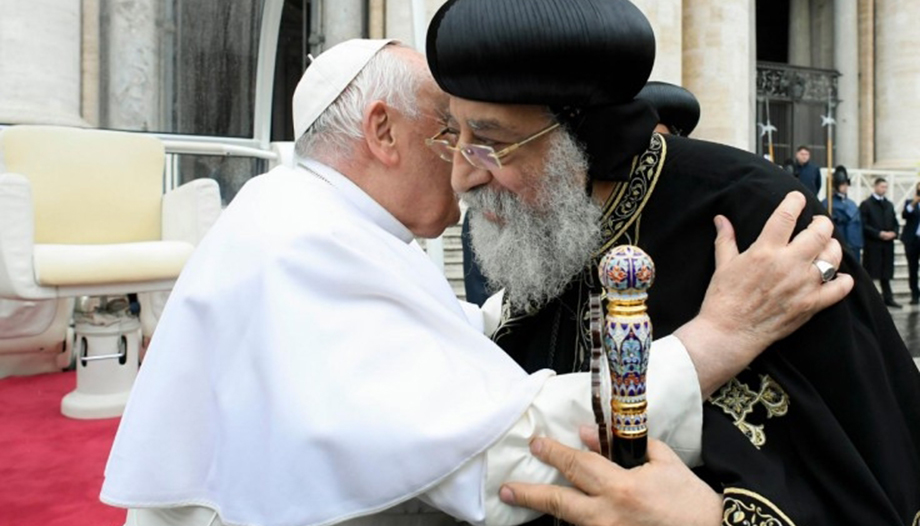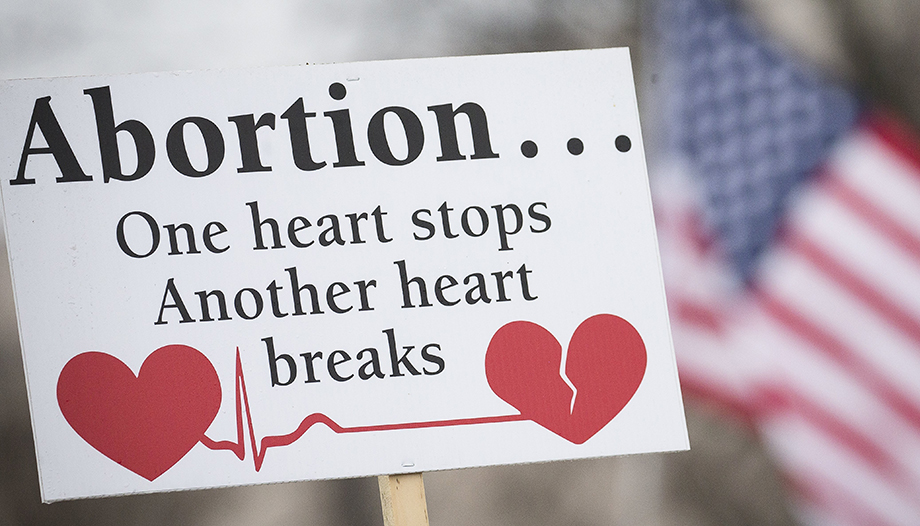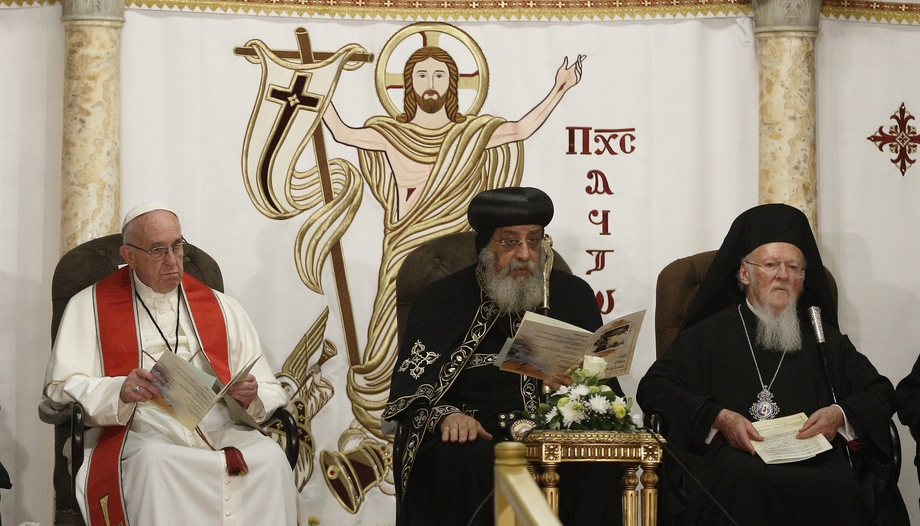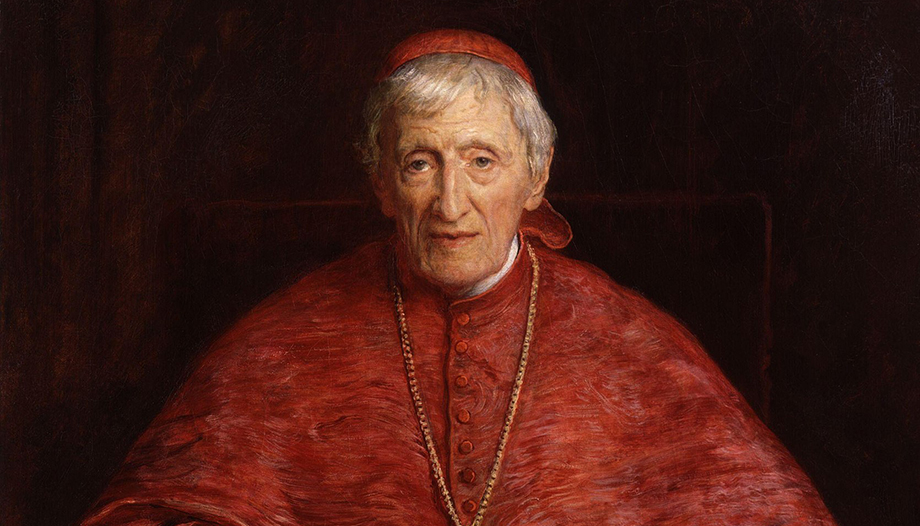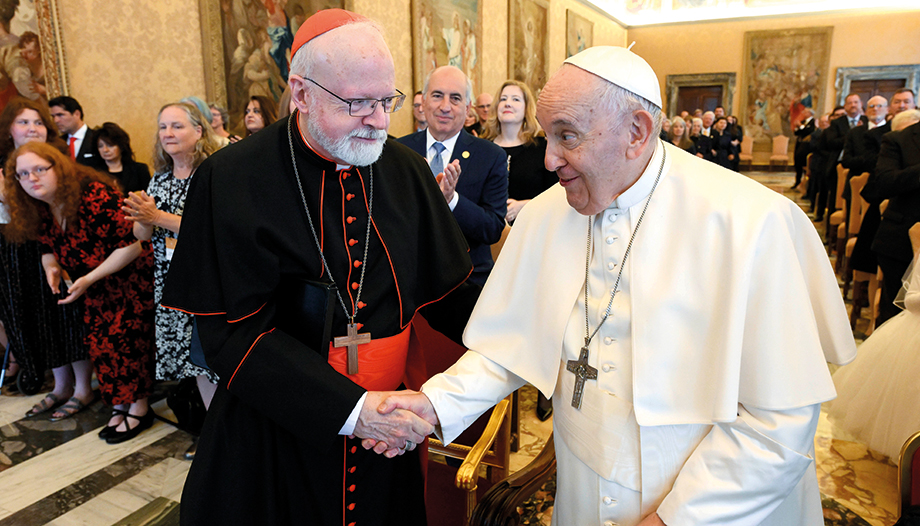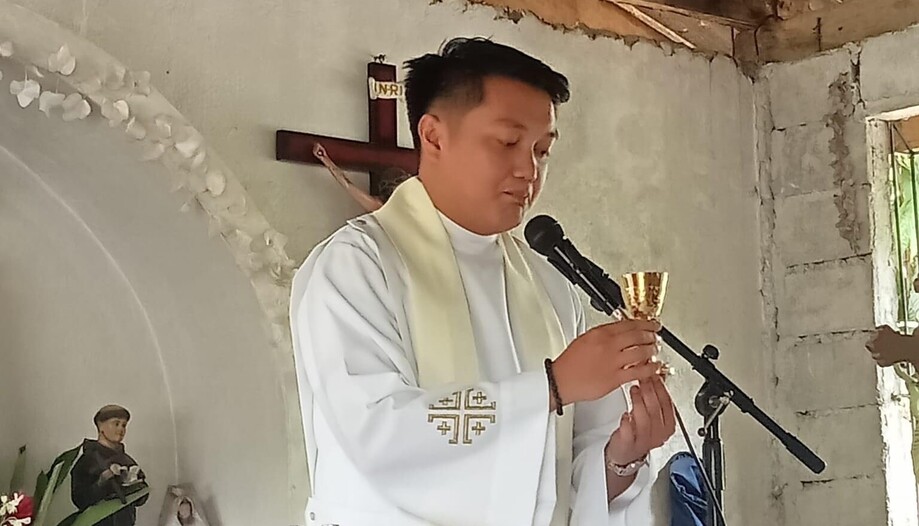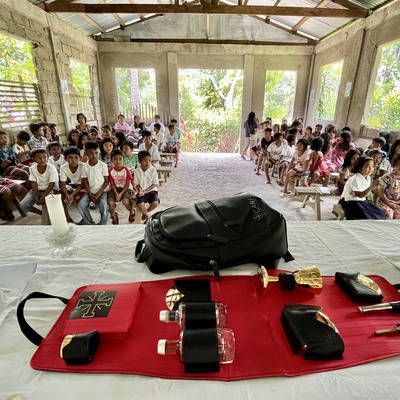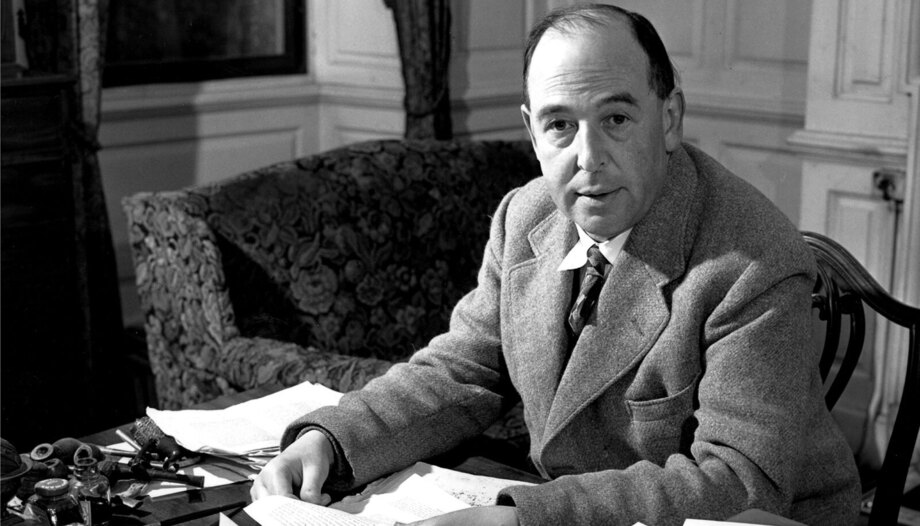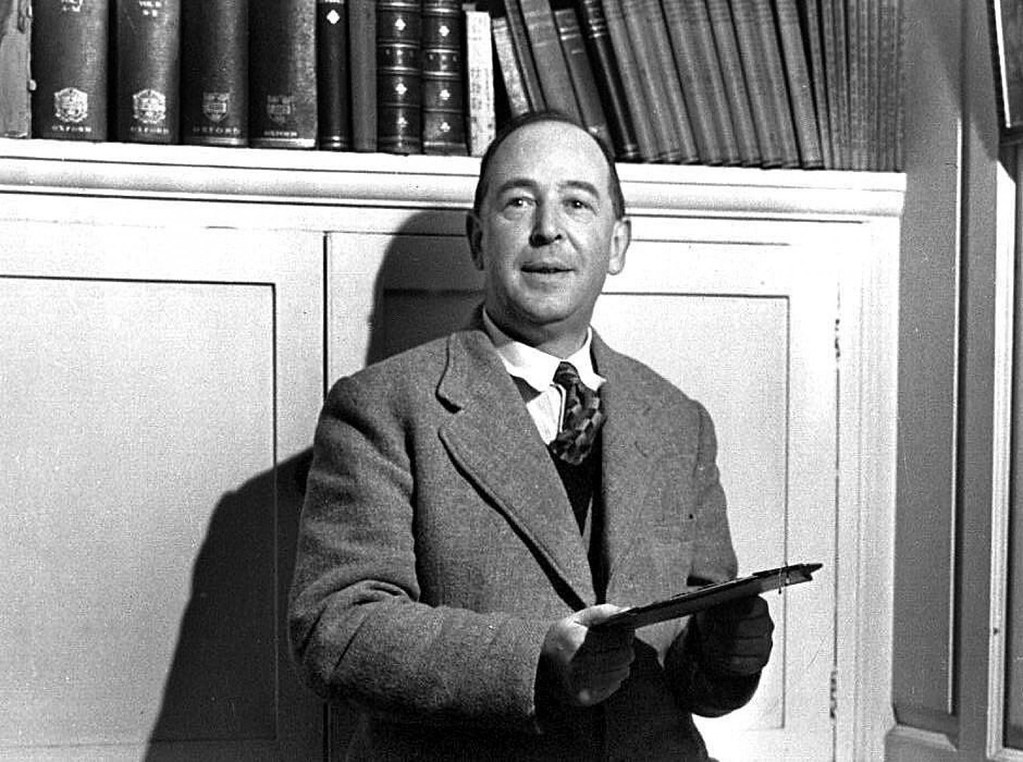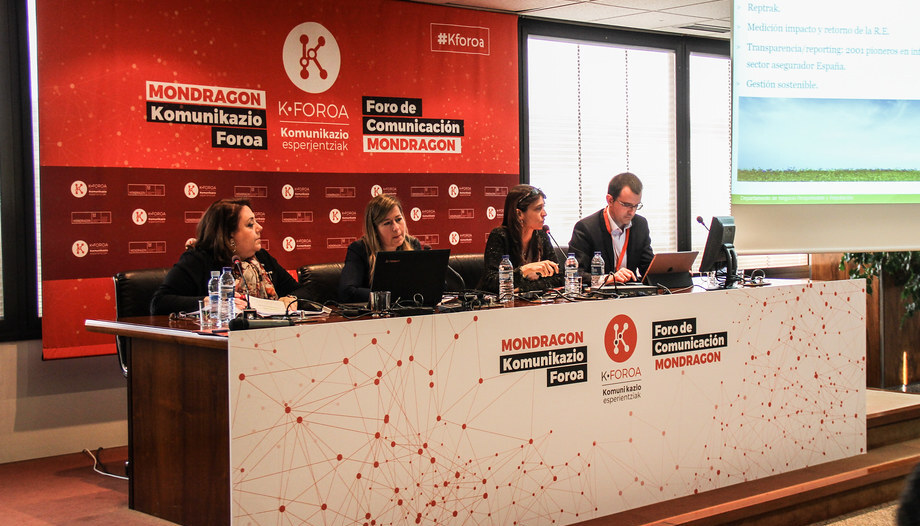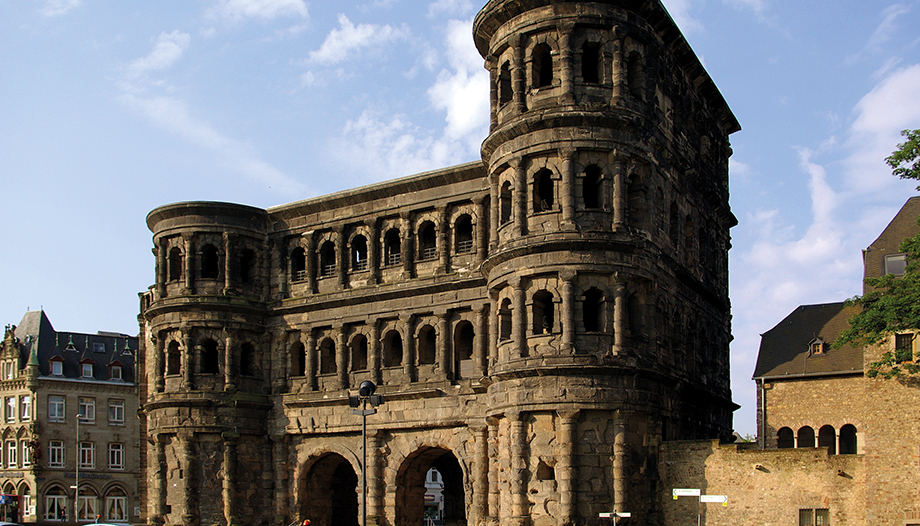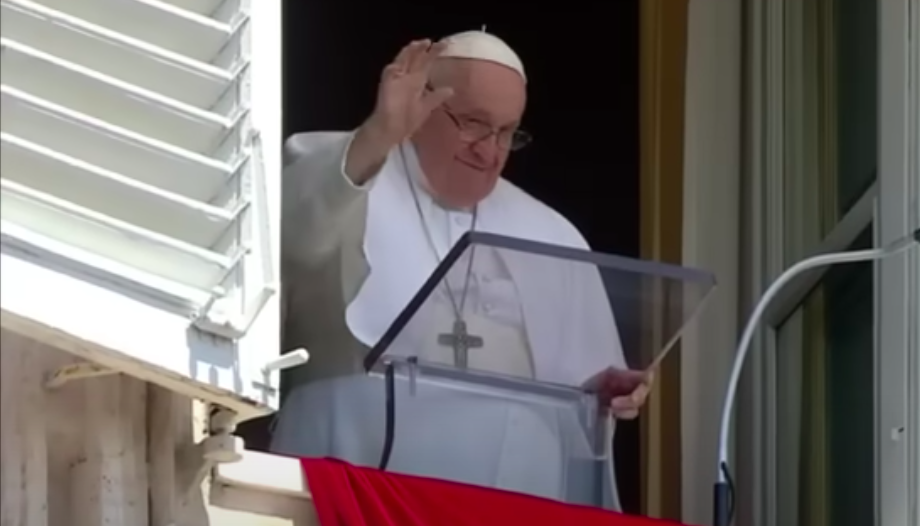It is said that humanities studies are in crisis, that the level of reflection, reading comprehension, writing and the ability to build an inner world is constantly threatened by screens, especially among the youngest, who spend most of the day with their eyes glued to their cell phones. We spoke with Benjamín Franzani in France about these issues and many others, where he is doing his doctorate with the prominent French medievalist of Hispanic origin, Martin Aurell, at the University of Poitiers. For this 33-year-old Chilean lawyer and professor, with an early artistic vocation, epic literature is much more than an object of academic study: it is, or should be, a source of inspiration for modern life. Long before he became interested in studying it, Benjamin already had his own history as a reader, and as a writer. Today he has just published his own fantasy saga -five books, recently compiled in a single volume- on which he has worked since his childhood. Chronicles of a swordavailable on Amazon, brings, in the 21st century, a very human story inspired by the Middle Ages.
What can medieval literature, and the songs of deeds in particular, contribute to us?
-What we now call the Middle Ages is a long period of our history, which is of fundamental importance for understanding our societies in the West. One is not indifferent to it, and the renewed interest in medieval-inspired themes testifies to this. Its literature gives us a privileged window, if not necessarily to the historical reality of those centuries, then to the way in which its protagonists felt and interpreted the events of their time: how they remembered their past and the classical heritage, how they questioned their world and how they dreamed their future. All of that is proper to literature in general, it is true, but the Middle Ages offer us a portal to our roots, which have much to teach us about our own 21st century challenges: from artistic to political issues, from philosophical and theological debates to those of relationship with the environment and historical memory, the men and women of the Middle Ages faced many challenges that we are reliving today. The unfortunate oblivion of this period, due to the label of obscurantism that weighed on it for centuries, has made us incapable of drawing on this experience.
That said, the songs of deeds? They are the heroic genre par excellence in the Middle Ages, and they come in many forms and colors: from the most ancient and anchored in the oral literature spread by the song of the minstrels to the most "wise" of scholars who wanted to leave to posterity the story of great events of their times. Epic literature has always had a cohesive function in society: it shows us heroic models, or, in other words, how to overcome moments of crisis and save social unity. Whether the danger comes from the forces of chaos, represented by the monsters of the Beowulfor by the invasion of external enemies, as in the Chanson de GuillaumeThe hero is a restorer, often at the sacrifice of his own life. Other times they embody the struggle for a common goal, in which they manage to unite the efforts of the whole community. And there are even songs that we could call "anti-heroes", such as those of the rebels. Raoul de Cambrai o Gormond et Isembard, in which the protagonist is the opposite of what we would expect from a hero: in his story, sometimes tragic or simply terrible, the minstrel by contrast reminds us of the values that the public should share.
Today we live in a society in which the individual is exalted, and any call to heroism seems out of context. And yet, we need heroism: first, in our daily lives, because we all have battles, big or small, to fight and each of us is in fact living our own "song of deeds", and, second, because, despite being more interconnected, it seems that our culture has forgotten what it means to be a community. And there is nothing better than a good song of deed to remind us that we are all involved in a collective effort.
How does medieval literature relate to your epic fantasy saga?
-Literature fantasy (in principle in Spanish we should call the genre "maravilloso", because "fantastic" literature is actually that which derives from ghost or supernatural tales... but since most of it has been written in English and over there the generic name is fantasyIt was born as a literary movement in the Anglo-Saxon world, closely linked to fairy tales and the romantic atmosphere that rescued, in its own particular way, the value of the Middle Ages. It was born linked to folklore, and through it to the Celtic. I think that the maturity of the genre came with J. R. R. R. Tolkien and C. S. Lewis. S. Lewis and today the majority of the authors of fantasy we live in its shadow.
That said, despite the fact that it was born out of an appreciation of the Middle Ages and that most of the time it is about stories set in that era, today in reality it has very little of true Middle Ages and much of the idea that we have made of that time, without having gone through the sources. I don't say this as a negative criticism: very successful sagas such as Dragonlance are more based on role-playing games than on the medieval world, which functions vaguely as a reference. That's not a bad thing in itself: what it does is reveal to us the nature of fantasy, that it's not about historical novels, but about thinking about possible worlds.
Fantasy has always accompanied us, and the proof is folklore and fairy tales: it is a space that allows us to separate ourselves for a moment from reality, and look at it from another angle. Some people think of literature as an escape: I do not. Good literature, under the guise of fiction, is showing you reality, it makes a filter that allows you to concentrate on a specific point of human experience, to contemplate it better. Just as in movies one can be dazzled by the special effects, so in fantasy literature the marvelous element - the magic, the different races, the geography of worlds that do not exist - can distract us from what the story is really doing, which is to present us with a story, which can be our own.
Hence the relationship between fantasy and science fiction, which often run very close together: both propose scenarios, towards the past or towards the future: memory and dream, or inheritance and project, we could say. It is not at all strange that Star Wars is, for example, more of a medieval space drama than a true science-themed film. And that's because George Lukas's saga focuses on the very thing that was the subject of the romans of chivalry (another medieval genre): the hero's arc. That's why we are attracted by literature, whether it be fantasy or medieval epic: because it stages a human drama that appeals to action, to take the reins of life, to assume a protagonist's behavior: a mission, a purpose. In my saga Chronicles of a swordFor example, this aspect is embodied in the two main characters, Damien and Julian. One discovers his mission more or less at the beginning, the other has it always to discover. For the former, the story is the story of fidelity to his purpose. For the second, it is the story of perseverance in the search. Although Chronicles may take place in an imaginary context that seems very distant from the XXI century, in the end the human problems are the same. The truth is that there is not as much distance as it seems between the protagonists of a good fantasy book and today's reader.
Another example: for TolkienMiddle-earth is not a parallel universe: it is the mythical past of our planet Earth. His world is so dense because it shares the density of our reality. He, as a philologist and medievalist, drank directly from ancient and medieval sources. Therefore, the past of Elves and Men is our past, it tells us something about who we are. Even if it is invented, it doesn't matter: fairy tales are also invented and tell us about very real things for those who know how to listen. Today, on the other hand, fantasy authors often draw from sources closer to home: the fathers of the genre. fantasy and other fantasy authors. The consequence is an impoverishment of references, of possible worlds, and an increase in "special effects", sometimes to the detriment of the story to be told.
While writing Chronicles of a sword I gradually became more aware of this. Like everyone else, I started out very much anchored in Tolkien's shadow, and in a way I'm still there. But at the same time, as I became more interested and learned more about the "direct" medieval world, I realized that we were losing an immense heritage. Tolkien himself with his work sought to endow his native England with a mythical past, his own deed, because it seemed to him that there was a void there, compared to what he saw on the continent: in fact, the medieval literature of the island and its best-known legends - King Arthur - were written in French, which was the literary language of medieval England. So, if the great father of literature fantasy What about us, who come from that continent - Spain, France, Italy - which is so rich in its own medieval histories? Why are we still anchored in the Celtic, in the Saxon, and now in the Viking, if we have our own Roman, Mediterranean, and also medieval tradition? And that is where the cantares de gesta come in. With Chronicles of a sword I have tried to rescue a bit of that continental tradition, modeling it after fantasy, of possible worlds, of the heroic past.
What made you interested in this period of history that your country of origin, Chile, did not know?
-First of all, we must make a clarification: it is true that the discovery of America supposedly marks the end of the Middle Ages. But these are labels that we have invented centuries later, the reality is more complex. The Spanish conquistadors who founded Santiago de Chile certainly had a medieval mentality, which they did not magically lose when they crossed the Atlantic. We inherited that culture, as much as through it we inherited the sources of Classical Antiquity and the Catholic faith. I feel I am as much an heir of Western culture as any European: for me it is not an "alien" history, as if I had been interested in the Asian world.
That said, my interest in the Middle Ages was, at first, simply an indirect taste: like most people, especially from countries where no medieval monuments or architecture are preserved, my approach to the Middle Ages was through literature and film. I started writing long before I entered university, so I had no idea yet about medievalism. But I had read Tolkien, Lewis, Walter Scott, some books (modernized, of course) in which legends of King Arthur were collected... all that made me enchanted by that historical period, by the stories of knights, battles, magic. At the same time, it was not uncommon in my house to hear my father talk about the Spanish Reconquest, about warrior-monks, about paladins like Roland. It was not a frequent topic, but for some reason the few times he or my grandfather talked about it, it remained deeply engraved in me. Then came a pivotal moment: as a family we had the opportunity to live in Rome for a year and a half, for my father's work. I went to school there, and it coincided with the years when Dante was being studied and the Divine Comedyand Ariosto and his Orlando furioso. The die was cast: I was already a reader of fantasy, and now I was discovering the source from which that fantasy drank, not in a roundabout way, but by dazzling me.... in situ.
What encourages you to write?
-On the one hand, sharing stories. That helps us to revalue what makes us human, to discover ourselves. I try to emphasize the characters and their psychology, the hopes or fears that move them: guided by the former, overcoming the latter, the story is woven and proposes a model that literally enters through the eyes. Moreover, it is a really pleasurable process, both writing and reading. So the short answer is: for pleasure.
But there is also another objective: to re-enlighten the Middle Ages. Unfortunately, the world of stories -cinema, series, literature- is today probably the last redoubt of obscurantism. I say unfortunately because, although today no moderately serious historian would claim that the Middle Ages were "the Dark Ages", what the majority of the population receives is the interpretation of the screens and novels. I said a while ago that the Middle Ages is our past, and it helps us understand who we are. Well, living as if everything that came before us, especially the Middle Ages, was simply wrong and barbaric really makes us misunderstand each other. Lewis said that there are people for whom it seems that in the Middle Ages there were no sunny Sundays on the river: it was all winter, plague, and political and religious violence. And the curious thing is that, without denying that there were these things, we forget that all of them are an unfortunate constant of our humanity: if we relegate them to the Middle Ages we close our eyes to their presence today, and we do not fight them. On the other hand, the Middle Ages were also a time of intellectual and cultural flourishing, of art and of an awareness of spirituality that today's world is thirsty for and does not know where to find. Recently at an exhibition on literature fantasy here in Paris, criticism of religion was proposed as a fundamental element of the genre. The curious thing is that at the same time Lewis and Tolkien, both deeply Christian, were proposed as fathers of the genre. To rescue the luminous side of the Middle Ages is also to rescue hope for the darkness of our world. To remember that the Middle Ages was the time of bright colors and intense emotions, to discover the reason for that joy despite the difficulties, can give us the key to the grays and winters of our own lives.
How to help young people become interested in literature?
-This question could go on for a long time. Let's simply say that literature helps them to face themselves and the world. Our life is largely the construction of a story, and reading helps us to live many lives, to give us experiences that we would otherwise need centuries to acquire. That is the grace and magic of writing: that it allows us to sit down for an afternoon's conversation with Dante Alighieri, with Ovid, or with Jane Austen, if you will.
Which authors or teachers have influenced you?
-My entry into reading was through the books of Jules Verne and his adventure stories. I like to read a bit of everything, and in fact in recent years I have read little fantasy proper. Verne and Walter Scott (Ivanhoe, The Black Arrow) were very important in the beginning. Then I got to know the Chronicles of Narnia and also The never-ending story by Michael Ende: I was amazed by his proposal of an inner world, of the world of imagination, because it was something I had my own experience of, when I invented games or stories that I told my brother and my cousins in the countryside. Then I moved on to Tolkien, which I loved. I should also include in this list Tad William and his saga Longings and regrets and Terry Brooks with the Sword of Shannara. But what undoubtedly influenced me the most was my "Italian experience": there, in the literature classes taught at my school by the now famous Alessandro D'Avenia, I met Dante and Ariosto, two authors who marked me forever and who opened the door to the literature of past centuries: from there I could later jump without fear to classics such as the Eneidathe Iliadthe Odysseythe Beowulf and the Cantar de mio Cid.
What distinguishes Chronicles of a sword as a fantasy saga?
-That's probably a question that would be better answered by a reader than by me as an author. But if I had to highlight something, I think it would be your point of view. We often see in today's fantastic literature a simple tracing of our mental coordinates, in a landscape that is medieval. I already evoked it a while ago with the exhibition in Paris: there are many fantasy books that today could be placed under coordinates of agnosticism or a certain immanent mysticism, of nature worship, which are alien to the medieval mentality. Without minimizing the fact that in the Middle Ages there are also pre-Christian influences, which could be identified with the cult of nature, it seems to me that to consider a work as "medieval" and then to ignore such a central aspect for the Middle Ages as transcendence is not to understand the strength of the Middle Ages, which lies precisely in that apparently contradictory, but well achieved, game of combining the eternal with the transient. I went off topic and now I return: what I want to say is that in Chronicles of a sword I tried to take the point of view that a medieval hero might have had. Thus, for example, the Empire is not a tyrannical and oppressive force -antidemocratic, we would say today- but on the contrary, the realization of the dream of the unity of mankind. The spiritual world is not something esoteric and distant, but something very present in everyday life, even concrete, and of which the protagonists in principle do not doubt. The abstract categories are clear, the nuances are given in the characters, who do not always manage to fit well with what they say they believe. I believe that this point of view of the novel can refresh the genre, pushing it to discover its sources, and at the same time pushes readers to leave a little of the dominant currents of thought to judge our own culture.
How did you come to publish?
–Chronicles of a sword is my "youth story": I started writing it when I was about 15 years old and finished it when I was about to graduate from law school. In fact, I decided to publish it when I was looking for a publisher for my master's thesis in literature, on El Cid and the Poem by Fernán González. It was the year when the social unrest began in my country, Chile, and I was working in an office that the university has in the center of the city, to provide legal aid to those who do not have the means to finance a lawyer, while at the same time training students in legal practice. Consequently, I was in contact with all sides of the problem: the needs of the people who asked for our help, the young people who wanted to help that I saw in my students and, at the same time, the same young people who wanted to change things but who, in the streets, often turned into a mob behind barricades that were set on fire. I realized that there was, and still is, a lack of unity: an ideal worth fighting for without tearing the social fabric apart in the process. As I had just finished my thesis on epics, I was very much aware of the fact that this is the function of heroic narratives. And then I thought: "I have written a heroic story, which proposes a human ideal that today seems to be discarded by the prevailing obscurantism... maybe it won't change things, but maybe publishing it will contribute my grain of sand". And so, at the same time that I was seeking to publish my thesis, I began the publishing adventure of Chronicles of a swordThis adventure was only concluded last year, with the "single volume" of the five songs, and thanks to the help of Vuelo Ártico, the publishing agency that undertook the project.
Are there any upcoming projects in mind?
-The most important project for me right now is to finish my doctorate, creative writing is on hold for the moment. However, I keep taking notes on what could be new stories.
That said, there is already a French publisher interested in publishing the saga. However, I have not managed to overcome the stumbling block of finding funding for the translator: without that, no progress can be made. The other dream is, obviously, the translation into English, in order to enter the "big leagues" of the fantasy.
I also have other stories around the universe of Chronicles of a sword that are on my blog today, The Wandering Minstreland which may one day see the light of day as books: Orencio and Eloísa y The Green Knight. The first one is finished, the second one is a project still in progress of three or four books of which only the first one is written. But as I say, for now everything is on pause.
The authorBernard Larraín 






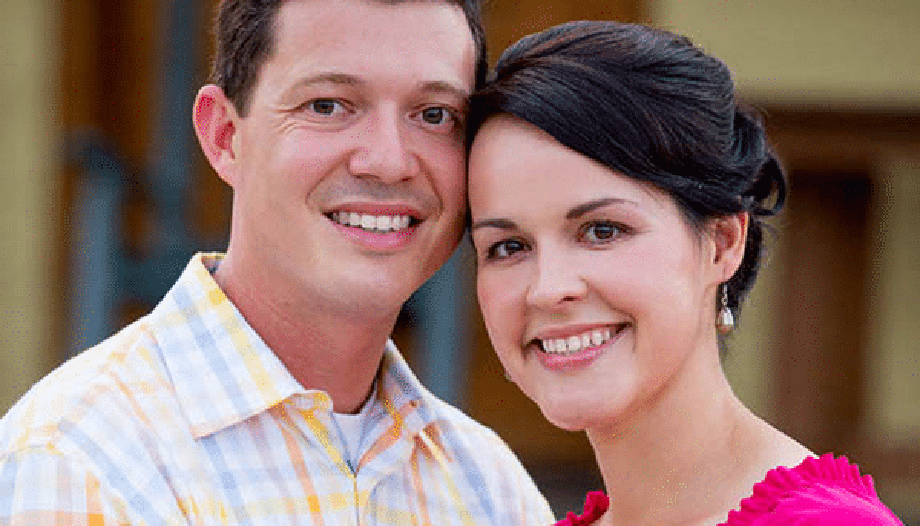
 Álvaro GonzálezGood training helps to prevent marital breakups".
Álvaro GonzálezGood training helps to prevent marital breakups".